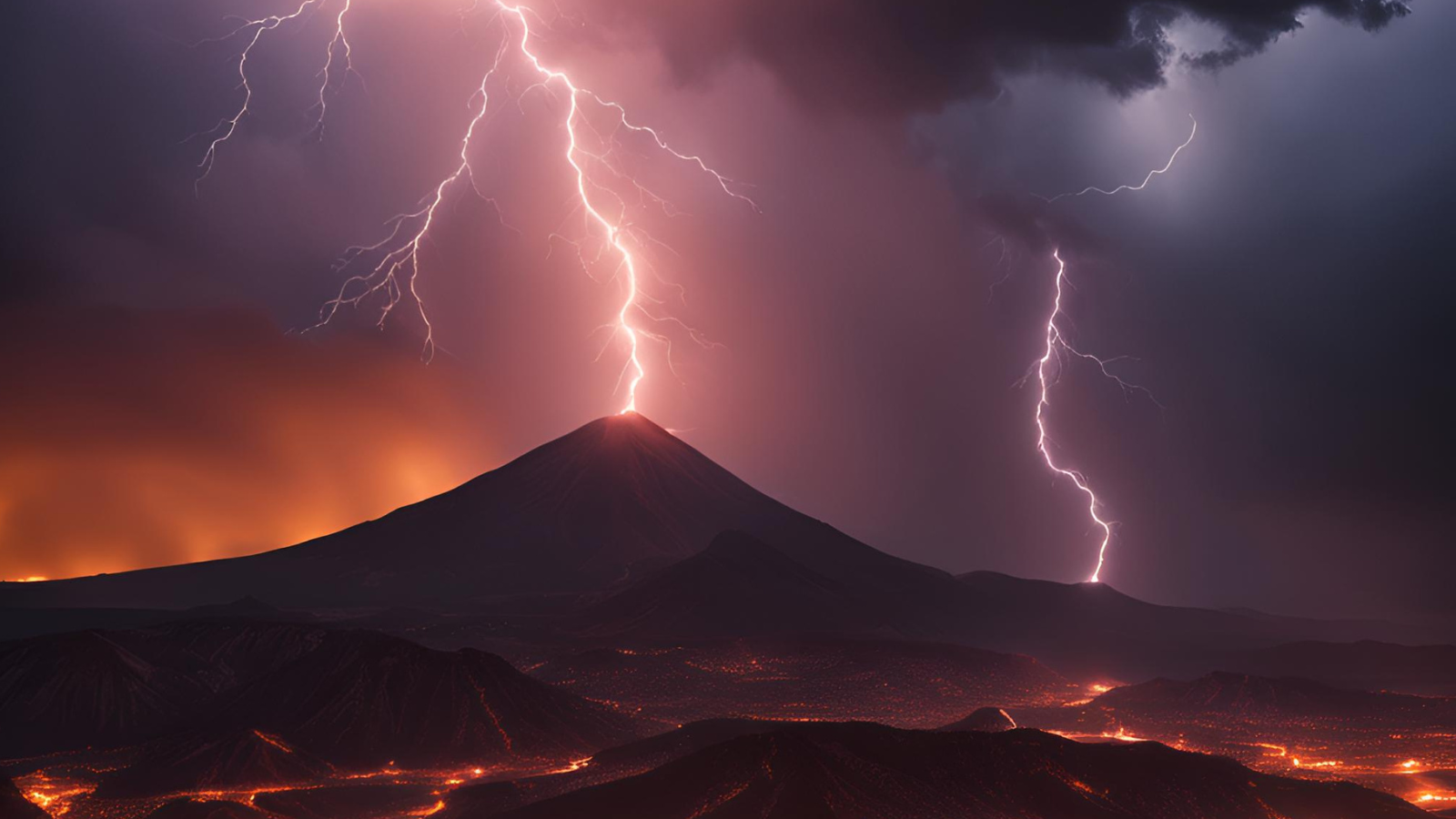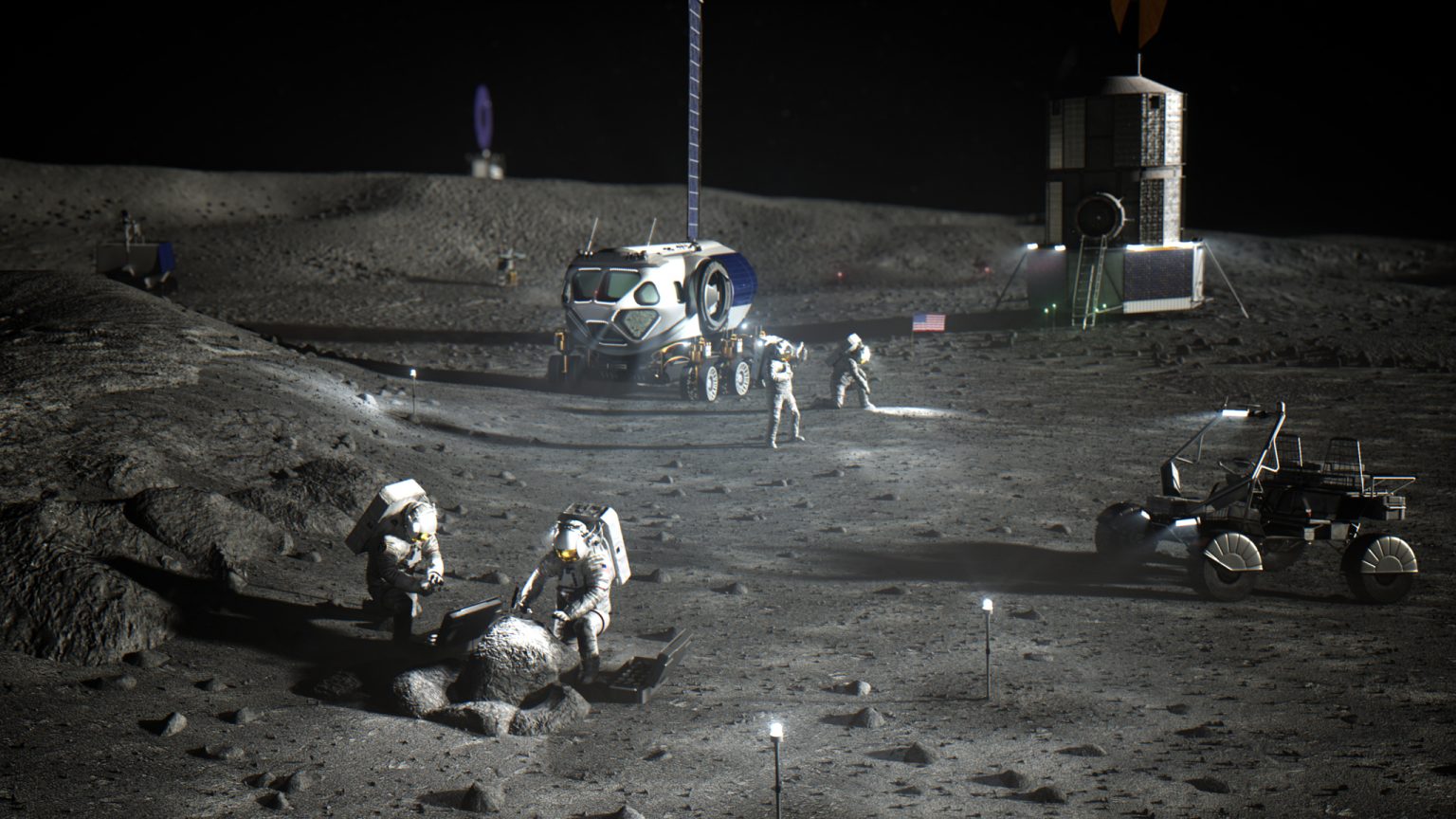Was life on Earth sparked by cloud-to-ground lightning strikes?
Harvard researchers demonstrate how cloud-to-ground lightning strikes could have created the building blocks for life in the young Earth.

One of the most fundamental questions in science is how life began on Earth.
Now, scientists may be a step closer to answering that query, finding that lightning on primordial Earth may have been the spark that lit the fuse of life on our planet.
One of the major questions regarding the beginning of life on Earth revolves around how the building blocks for life, such as nitrogen and carbon, emerged on our young planet. The three leading theories include delivery by asteroids and comets that crashed into Earth, emissions from deep-sea vents, and cloud-to-ground lightning strikes.
According to a team of chemists from Harvard University, that last option is looking mighty likely.
Related: The building blocks of life can form rapidly around young stars
"Cloud-to-ground lightning strikes could have generated high concentrations of reactive molecules locally, establishing diverse feedstocks for early life to emerge and survive globally," wrote the team in paper a published in the journal Proceedings of the National Academy of Sciences (PNAS)
This is far from the first experiment to suggest cloud-to-ground lightning as a potential key to unlocking life on Earth. American chemist and Nobel Prize winner Harold Urey and his research student Stanley Miller performed a similar experiment, appropriately dubbed the Urey-Miller experiment, in 1953.
Breaking space news, the latest updates on rocket launches, skywatching events and more!
They ran an electrical arc as a proxy for lightning through a combination of methane, ammonia, hydrogen, and water — what they thought was the composition of the young Earth's atmosphere — and produced amino acids, which are necessary for the creation of life.
While the science still holds, we now suspect the young atmosphere is comprised of carbon dioxide and nitrogen. Thus, the Harvard team performed an updated version of the Urey-Miller experiment.
In their lab, the researchers simulated cloud-to-ground lightning strikes in a biosphere that mimicked conditions on a young Earth. They studied the chemical reactions from the strikes, discovering "remarkable yields" of carbon dioxide being reduced into carbon monoxide and formic acid and nitrogen being converted into nitrate, nitrite, and ammonium.
In other words, the lightning strikes created the right building blocks for life.
So, while lightning didn't necessarily create life, it certainly could have laid the groundwork for life to find a way.

Space.com contributing writer Stefanie Waldek is a self-taught space nerd and aviation geek who is passionate about all things spaceflight and astronomy. With a background in travel and design journalism, as well as a Bachelor of Arts degree from New York University, she specializes in the budding space tourism industry and Earth-based astrotourism. In her free time, you can find her watching rocket launches or looking up at the stars, wondering what is out there. Learn more about her work at www.stefaniewaldek.com.
